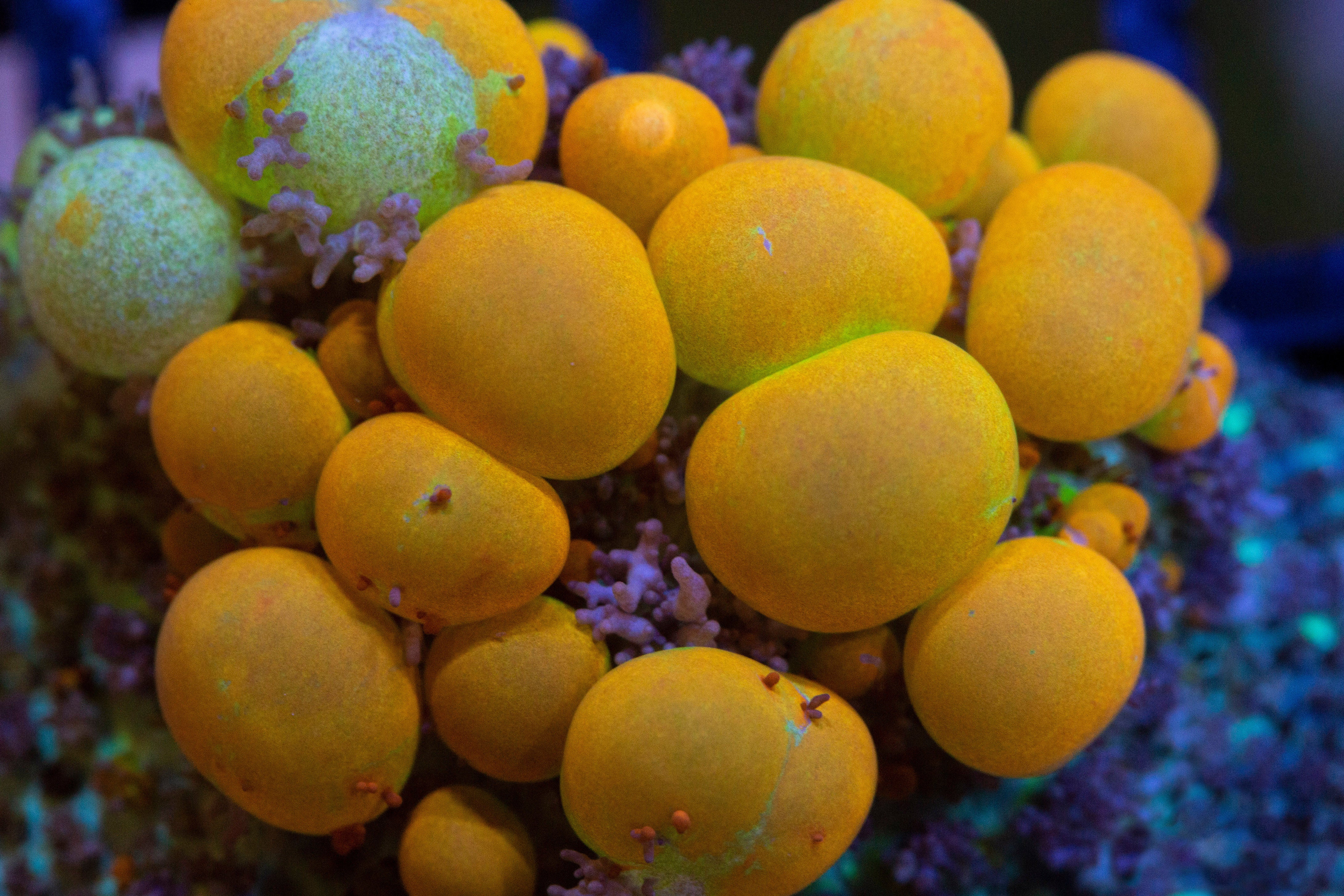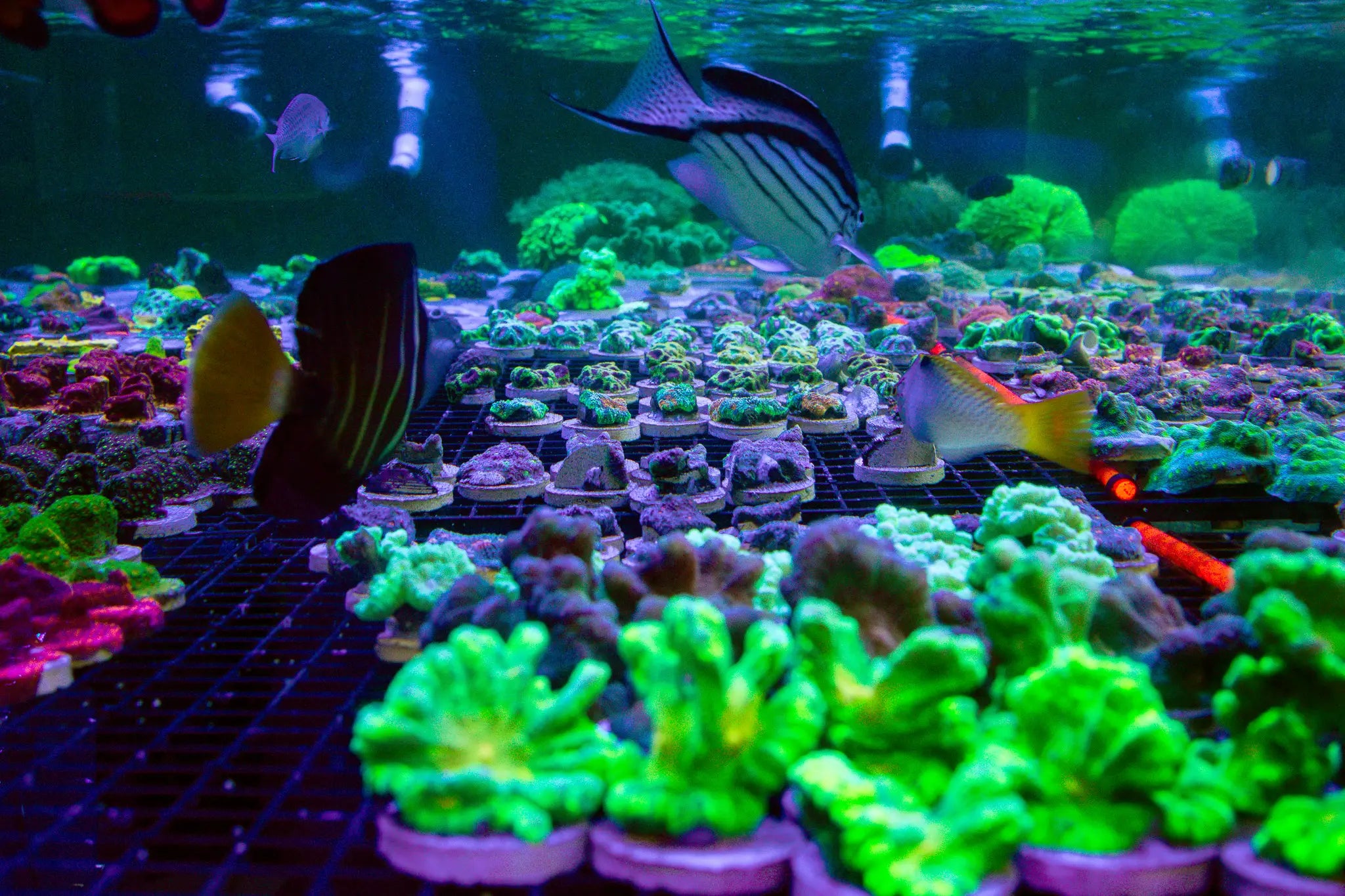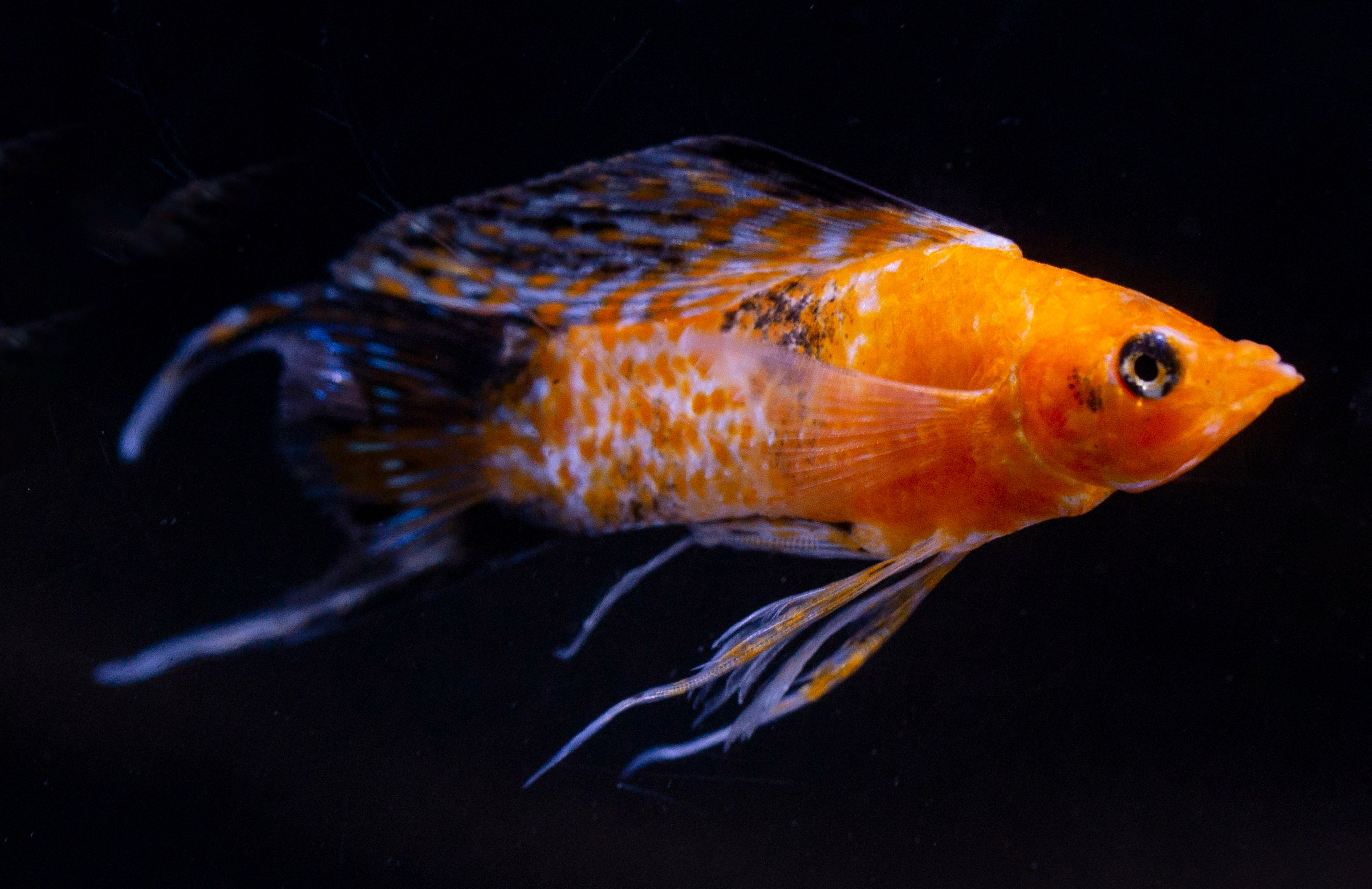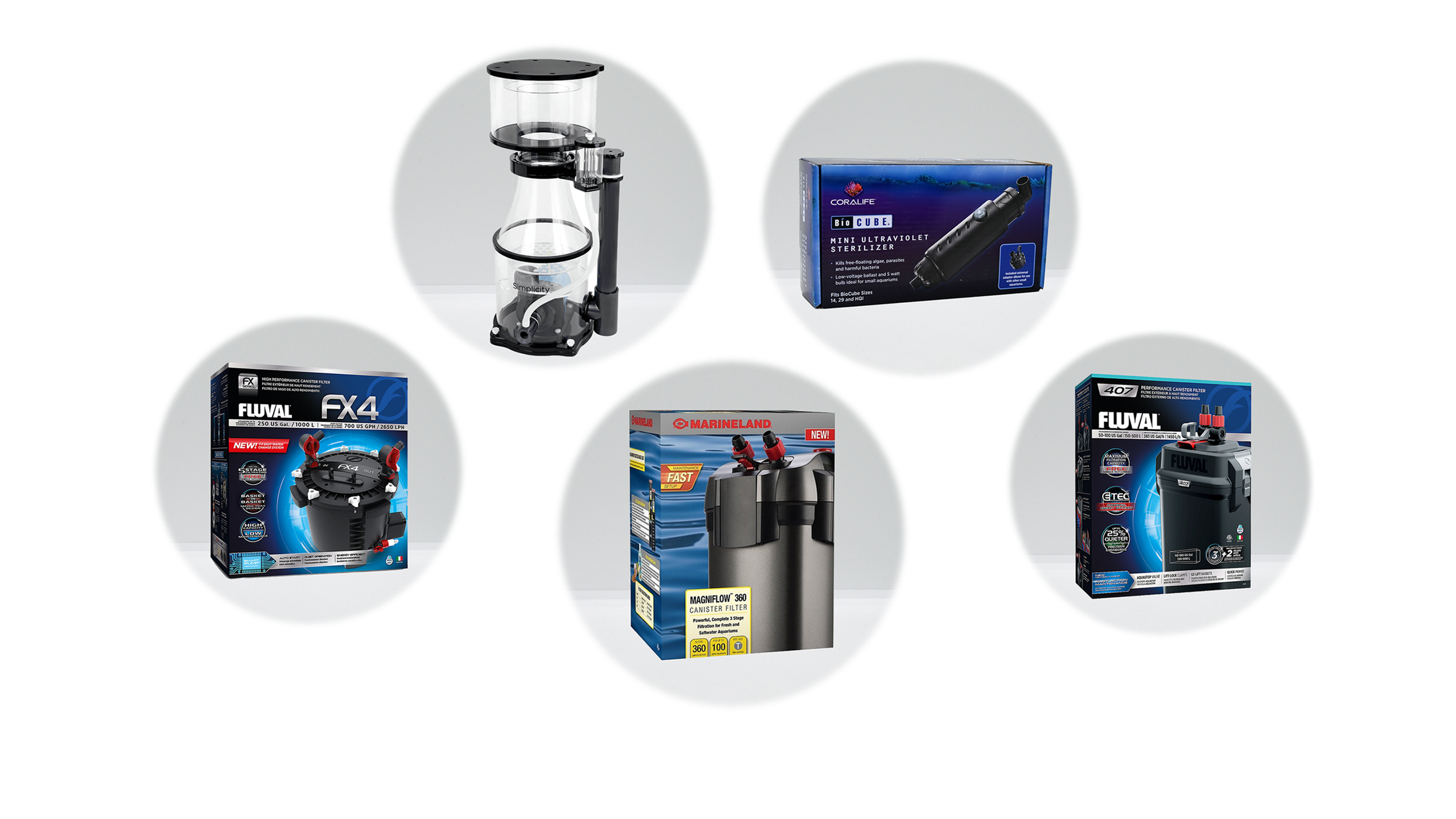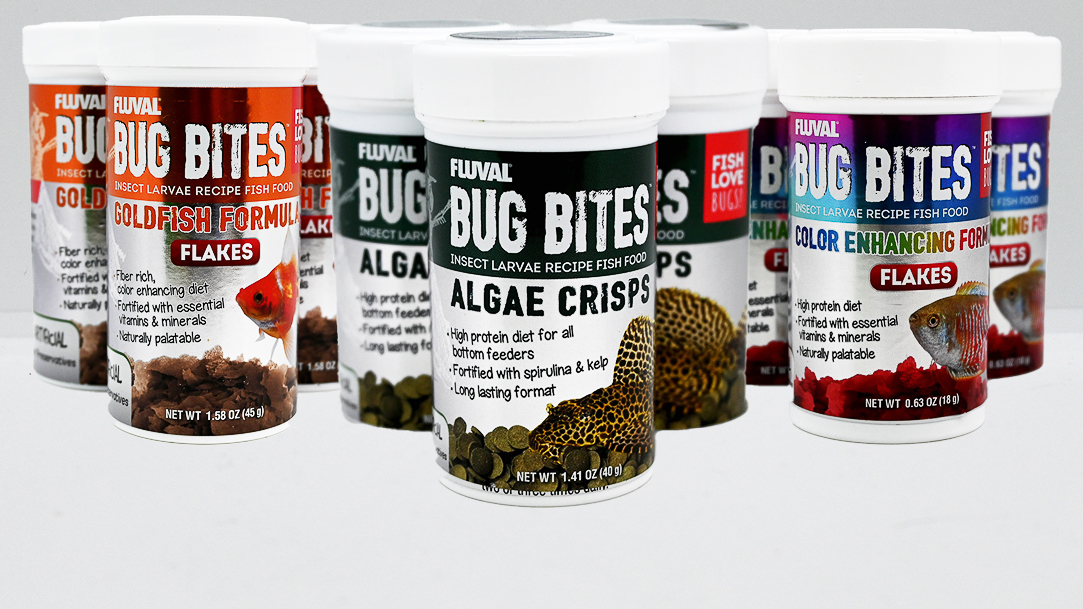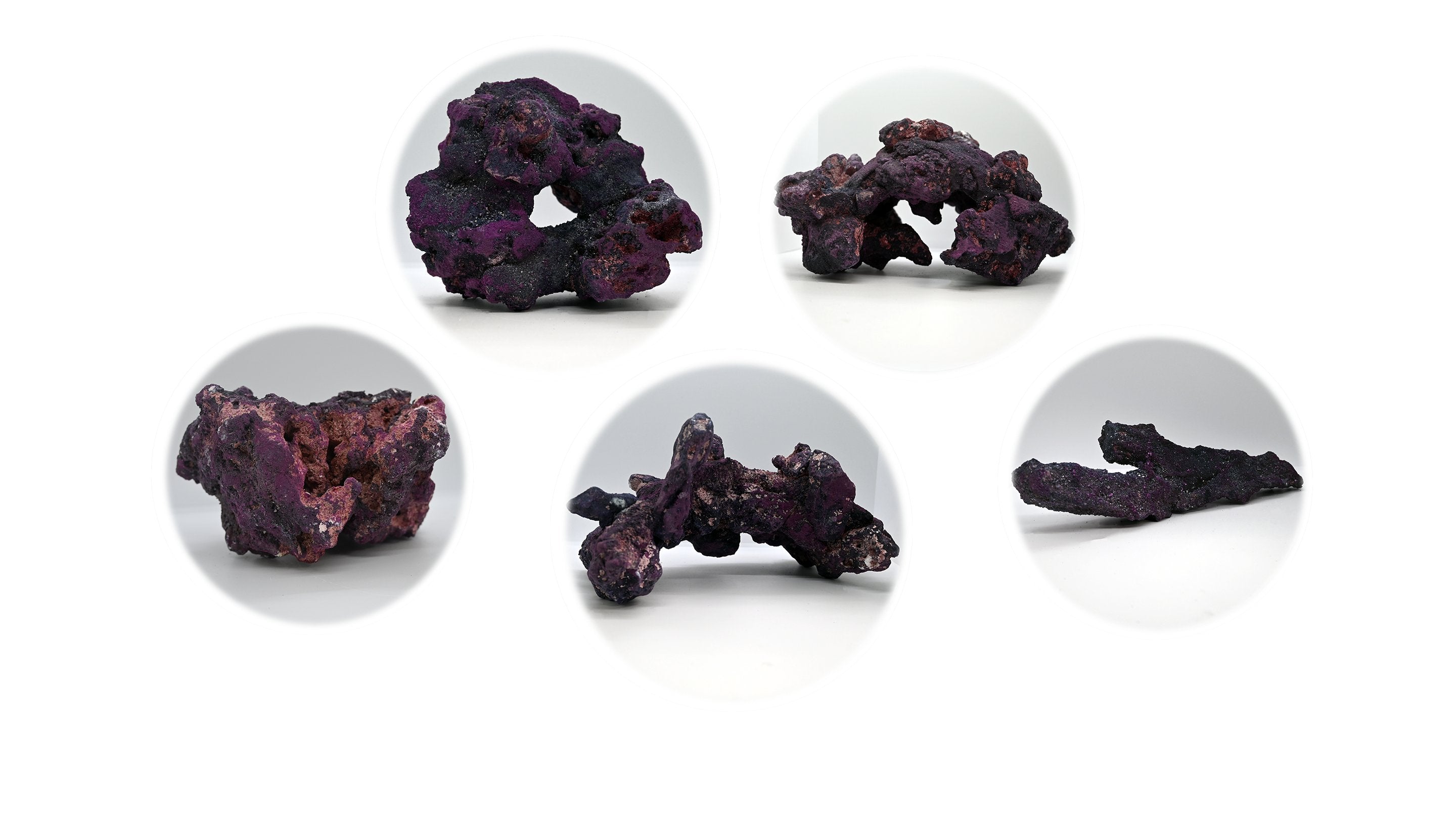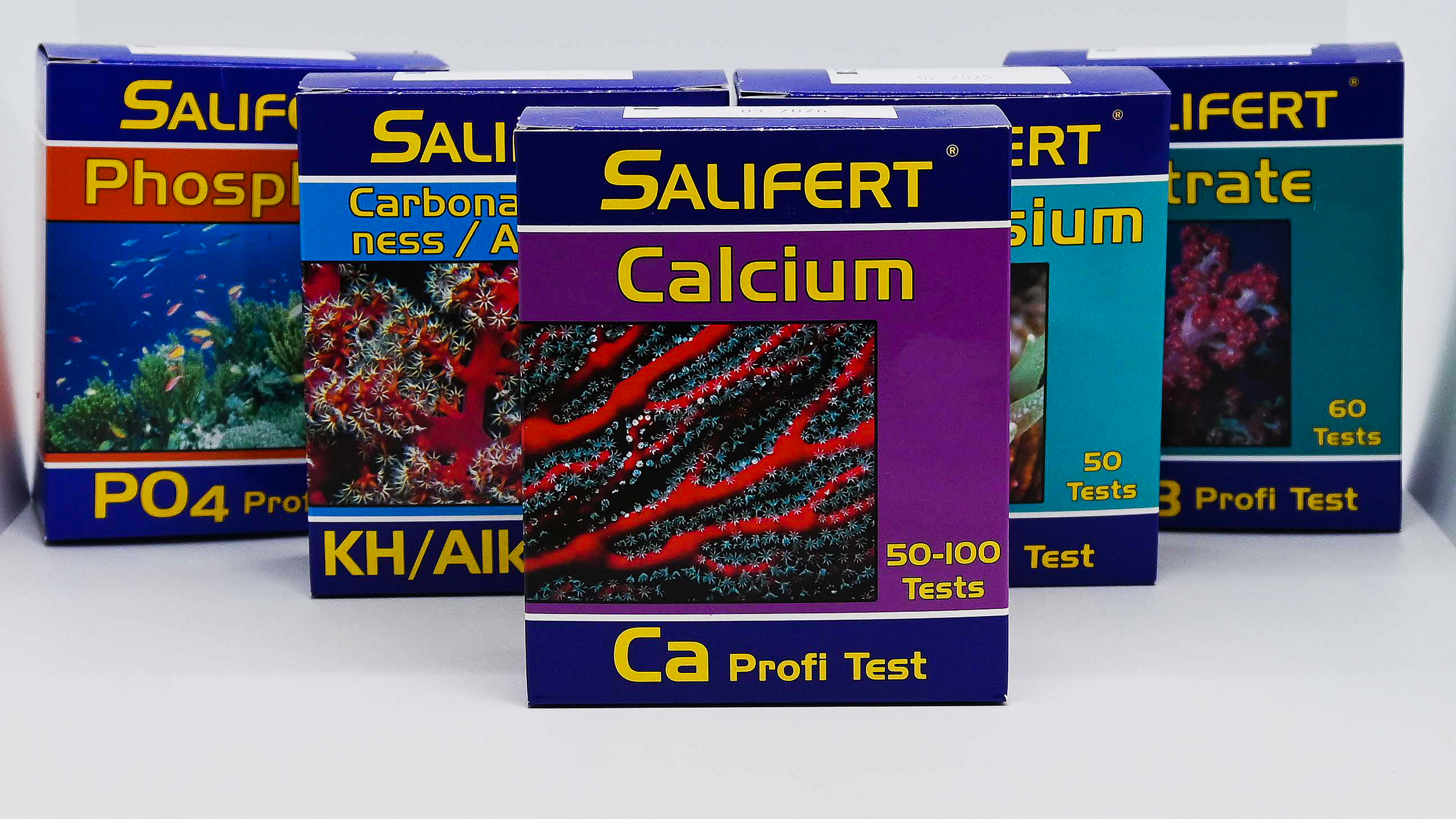
Scissortail Dartfish - Ptereleotris evides
- In stock, ready to ship
- Backordered, shipping soon
The Scissortail Dartfish (Ptereleotris evides) is a stunning and peaceful species of dartfish, known for its unique appearance and active nature. With its distinctive “scissor-like” tail fins and graceful swimming behavior, it adds beauty and movement to any marine aquarium.
Description:
• Common Name: Scissortail Dartfish, Scissortail Goby
• Scientific Name: Ptereleotris evides
• Family: Gobiidae
• Size: Typically grows up to 3 inches (7.5 cm) in length.
• Coloration: The Scissortail Dartfish has a translucent body with a subtle gradient of yellow-green to blue-gray. Its most distinctive feature is its long, forked tail fin, which gives it the “scissor” appearance. The fish’s fins are often outlined in a dark coloration, and it has a long, slender body that enhances its darting swimming style.
• Lifespan: The average lifespan of the Scissortail Dartfish is 5 to 6 years in a well-maintained aquarium.
Native Region:
The Scissortail Dartfish is native to the Indo-Pacific region, particularly around the Philippines, Indonesia, and Australia. It is commonly found in shallow coastal waters, including coral reefs, sand flats, and reefs with rubble and rocky crevices.
Aquarium Setup:
• Tank Size: A minimum of 30 gallons (114 liters) is recommended, although a larger tank is ideal to allow for active swimming space and multiple individuals.
• Aquascaping: This species thrives in an environment with lots of live rock, caves, and crevices where it can retreat to feel secure. A sandy substrate is also preferable, as they tend to hover over it and dart around in search of food.
• Water Flow: The Scissortail Dartfish prefers moderate water flow. It enjoys a current strong enough to carry food particles but not so strong that it struggles to swim.
Water Parameters:
• Temperature: 74-82°F (23-28°C)
• pH: 8.1-8.4
• Salinity: 1.020-1.025 specific gravity
• Alkalinity: 8-12 dKH
• Nitrate: Below 10 ppm
• Phosphate: Below 0.03 ppm
Care Level:
• Difficulty: Easy to moderate. The Scissortail Dartfish is a relatively hardy species but requires a well-established tank with stable water conditions to thrive. They are sensitive to water quality, so maintaining good filtration and performing regular water changes is essential.
• Diet: Scissortail Dartfish are carnivorous and primarily feed on small crustaceans, copepods, mysis shrimp, and zooplankton in the wild. In captivity, they will readily accept frozen foods like mysis shrimp, brine shrimp, copepods, and high-quality dry foods. To encourage healthy feeding, offer a variety of live, frozen, and prepared foods.
• Behavior: They are generally peaceful and will get along with other non-aggressive fish species. They are known to be active swimmers, darting through the water with quick bursts of speed. They will often hover just above the substrate or around rock formations, using them as hiding spots when they feel threatened.
• Activity Level: High. The Scissortail Dartfish is an active species that enjoys swimming in open water, often darting between rocks and caves. It does best in a tank where it has ample space to swim and explore.
Reef Compatibility:
• Reef-Safe: Yes, the Scissortail Dartfish is generally considered reef-safe. It does not pose a threat to corals or invertebrates and is a peaceful species that can live in harmony with most reef creatures.
• Tank Mates: Suitable for a community aquarium with other peaceful species. It is best to keep them with other non-aggressive fish, such as smaller wrasses, gobies, and other peaceful marine species. Avoid housing them with larger or more aggressive fish, as these could intimidate the dartfish.
• Avoid: Avoid keeping with overly aggressive or large predatory fish, as they may consider the Scissortail Dartfish prey.
Tank Maintenance:
• Feeding: As carnivores, Scissortail Dartfish require a diet rich in protein. Offer frozen mysis shrimp, copepods, brine shrimp, and high-quality pellets or flakes designed for carnivores. Feed them small portions multiple times a day to mimic their natural feeding behavior.
• Water Quality: Regular water changes and proper filtration are essential to maintain optimal water quality. Scissortail Dartfish are sensitive to poor water conditions, so maintaining stable parameters is crucial for their health and longevity.
Additional Tips:
• Acclimation: When introducing the Scissortail Dartfish to a new tank, it’s important to acclimate it slowly to the new water conditions to reduce stress. Use a drip acclimation process to allow the fish to adjust to temperature, salinity, and pH.
• Hiding Spots: While Scissortail Dartfish are active swimmers, they also appreciate having rock crevices or caves to retreat to when they feel threatened or need rest. Be sure to provide enough hiding spaces to help the fish feel secure in its new environment.
• Schooling: Although typically solitary, Scissortail Dartfish can sometimes be seen in small groups in the wild. However, they are not true schooling fish, and it is best to keep them individually unless you have a very large tank.





